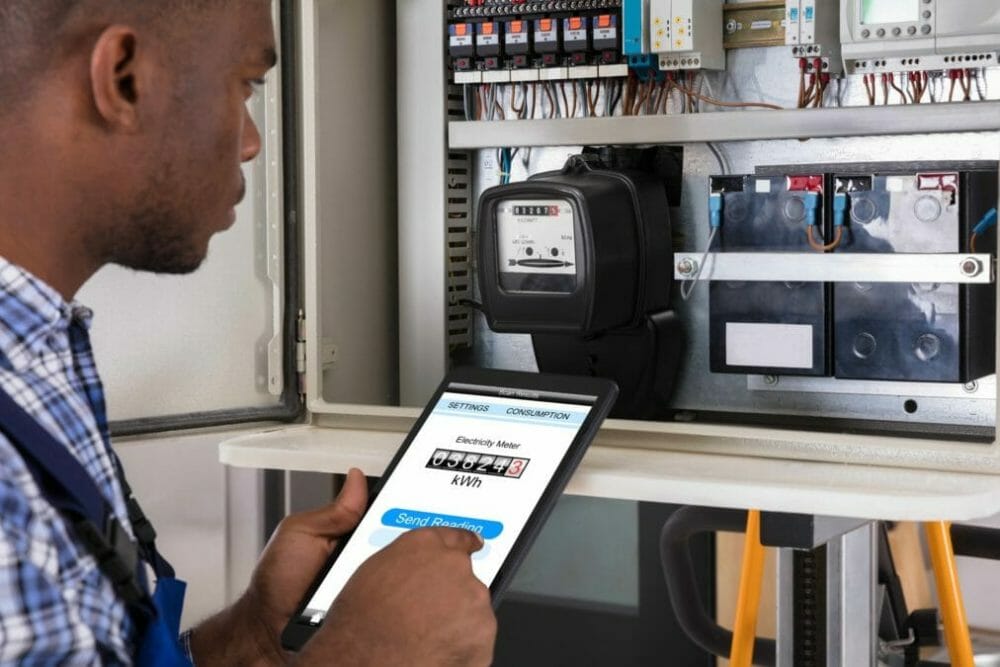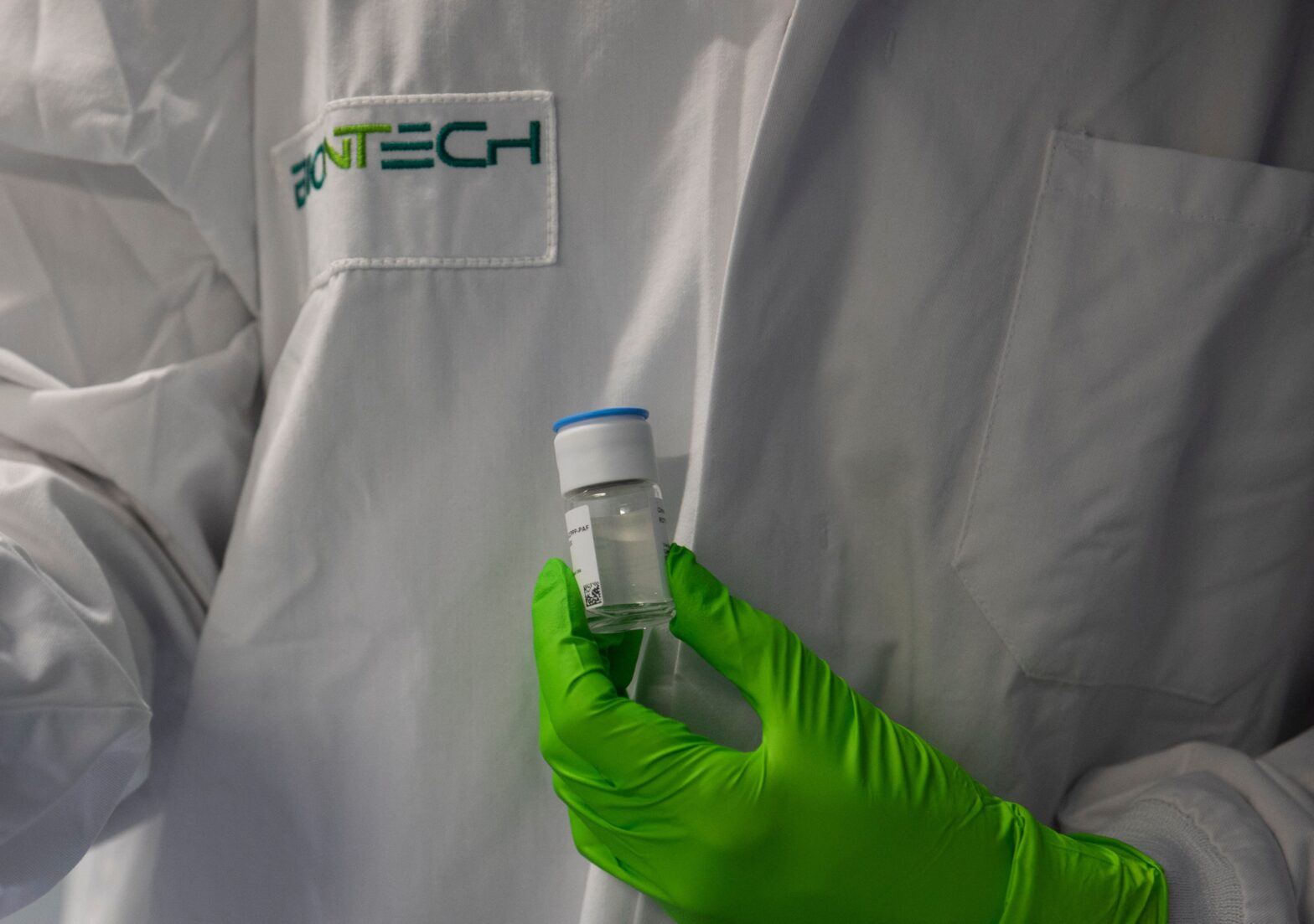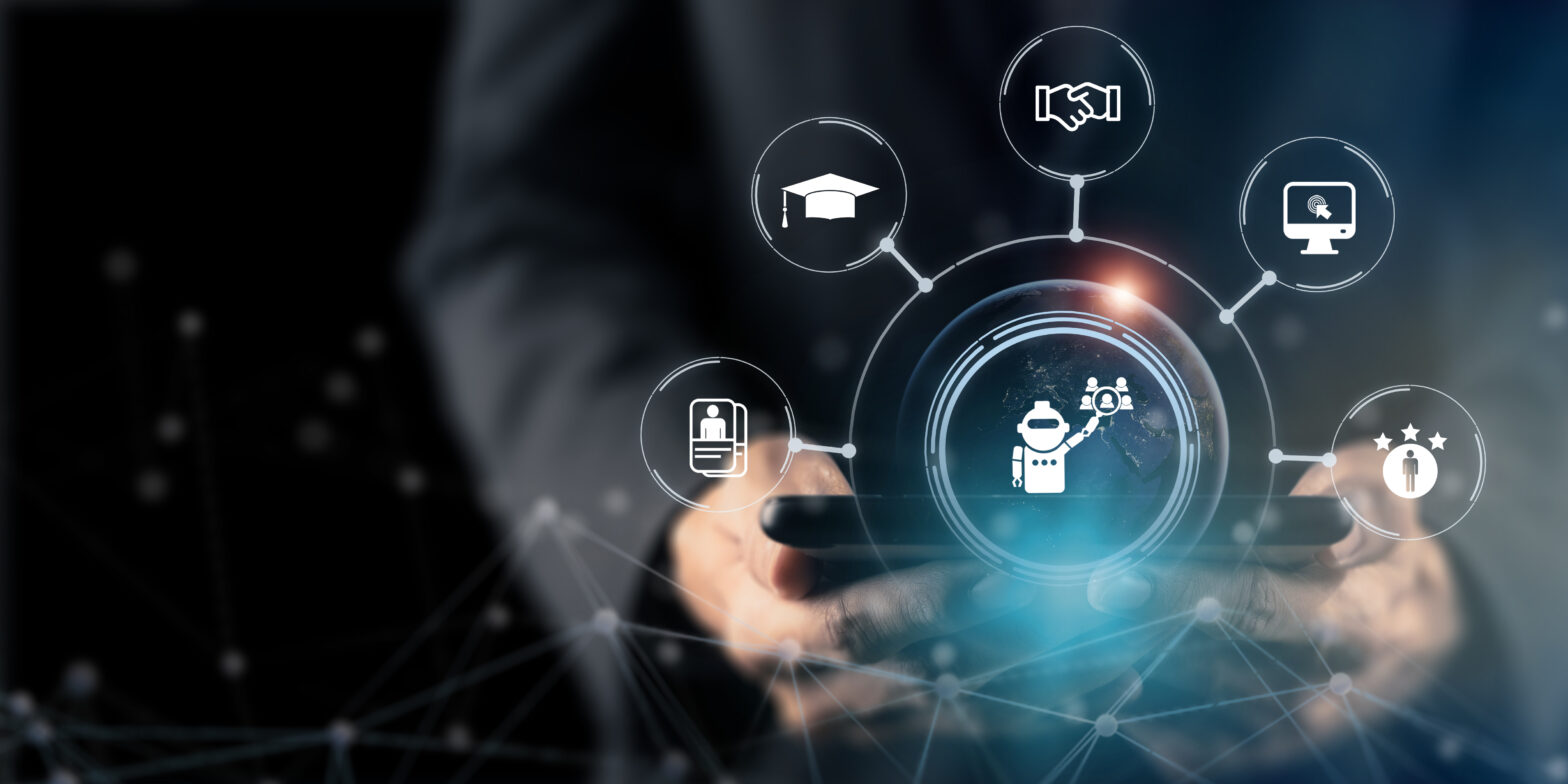Can AI make meters smart? Information Age spoke to Bjoern Reinke, director of smart metering at Drax Retail, on how AI and smart meters are helping make more efficient use of energy.
It’s a matter of law, in June 2019, the UK introduced legislation “to bring all greenhouse gas emissions to net-zero by 2050.” It’s a bold plan, and although critics say the UK needs to be even more ambitious than that, meeting this target puts the UK in contravention of another law – a law of the natural world.
Drax itself is an integrated energy supplier that concentrates on sustainable energy for businesses. It generates over 15% of renewable energy for the UK.
Clearly, a key part of the battle against climate change is increased use of renewables, but the simple fact is wind turbines are not so effective when there’s no wind. Solar power does not generate energy when it’s dark; the laws of nature are a barrier.
Furthermore, energy storage can only go so far; whether it is pumped hydropower, lithium-ion batteries, compressed air energy or some other technology, there are limits. At certain times of the day, maybe when it is both quite windy and sunny, renewable energies can generate more power than we can use — either consume or store — and that energy is gone, forever.
Drax is looking at ways of combining AI with smart meters to channel our energy use, such that we take greater advantage of those periods when energy creation exceeds demand.
For example, storage heaters — traditionally, storage heaters were heated up overnight, when energy is cheap, and then gradually release the heat as it is required. But supposing instead, AI and smart meters can direct energy into storage heaters in those periods of the day when either wind, solar or both would otherwise be generating an excess. They say there is no such thing as a free lunch, but applying energy in this way is surely the equivalent of free lunch in the energy battle — a free snack to give the side battling climate change a boost.
“The energy shift from when it’s needed and captured to when it’s cheaper or more environmentally sound, is one of the main reasons for a smart grid,” explained Bjoern Reinke. “Electrification of heat and transportation is one of the main challenges, if not the top two challenges in making us a zero-carbon country by 2050.”
How technology is revolutionising the energy sector
Take as another example; deep learning and neural networks. This technology is massively energy-intensive, but ironically, AI and smart meters can help ensure AI applying neural networks makes more efficient use of energy, by channelling the operation of deep learning algorithms into times when the energy generated from renewables is plentiful.
In short, AI could be used to limit AI’s carbon footprint.
Reinke talks about half-hourly datasets. A key technology is the meters themselves: AMT meters — advanced metering technologies — and SMETS2 meters (Smart Metering Equipment Technical Specifications). Reinke explains: “We are collecting half-hourly data with the AMR meter and the SMETS2 meter, and in that data, you have a variety of information that if you were to chart it in Excel would give you a very clear picture of how you use the energy, what standard profile energy consumption you have, how that would fit with your energy production profile if you had solar energy.
“But when you have 400,000 plus of those charts to look at per day, you can’t do that any more. Which means that the information is sitting there rather dormant unless you put a machine to work.
“The trick is how do you take all the smart metering data and turn it into noteworthy, discussable, and relevant and tailored events.”
AI smart meters and anomaly detection
Reinke confessed to Information Age a secret — once we assured him we could keep quiet — except that is for when we broadcast it to the world.
He once put Christmas tree lights in the attic when the festive season was over, but inadvertently left the attic light on, furthermore, and this is the bit that sustainable energy specialist Bjoern Reinke finds especially embarrassing, the lights in the attic were halogen. It took him two months to discover the lights had been left on, and his energy bill reflected this mistake.
What he could really have done with was an anomaly feature, where AI combined with smart meters could have alerted him to unusual energy use.
“Our artificial intelligence processing looks for anomalies. And we are working with suppliers like Google, Amazon and Microsoft who have sustainability and carbon neutrality very high, if not on the top, of their strategic agenda. Then you have access to all sorts of good collaboration ideas because we are producing sustainable energy and therefore providing cloud-based analytics services. So it’s a good combination.”
A history of AI; key moments in the story of AI
The anomaly detection system involves a heat map — a matrix showing organisation types on one axis and different types of anomalies on the other.
“Some organisations will care more about certain anomalies than others. For example, a school will be very interested if their overnight baseload changes a lot because it could mean clay ovens or the washing machines are on, or it could be an electrical fault. That kind of anomaly is highly important from a safety point of view.
“Then you’ve got building maintenance interests. For example, a water leak that was detected where the hot water pump was left on and the overnight baseload changed.”
Reinke went on to discuss how the combination of AI and smart meters could make use of the growing electric vehicle fleet, using the lithium-ion batteries in an electric car when they are not likely to be required, for example, as back-up storage.
At the moment, such technology is limited because lithium-ion batteries have a limited re-charging lifetime. But the technology is improving, battery longevity is increasing, and as Reinke pointed out, the time to prepare is ahead of the moment when lithium-ion batteries have longer lifetimes, so that when that moment arrives, the technology to make optimal use of it is ready
At the moment, Reinke, says that the combination of AI and smart meters can cut the cost to a user by 10%. This may not seem great, but electricity usage is expected to increase enormously — with electric vehicles, the Internet of Things neural networks, and electric heating, there could be a four-fold increase in electricity use. Furthermore, many of these new applications would be ideal matches for smart meters — for example, AI channelling energy usage so that electric cars and storage heaters are charged when energy is plentiful, or neural networks are made cheaper at such moments.
But for Drax it’s not just about saving customers money, it’s also about cutting carbon usage, so maybe then AI and smart meters amount to a very powerful weapon in the war against climate change, the technology may even save the planet.
Related articles
Gartner: debunking five artificial intelligence misconceptions
AI: A new route for cyber-attacks or a way to prevent them?
Enterprise AI adoption hampered by lack of skilled experts, says survey
Understanding the viability of blockchain in supply chain management
Driving business value with responsible AI
Emerging technologies, are they set to transform business?
UK tech sector leads Europe in AI — but what about the rest of the world?
EU artificial intelligence guidelines will help unlock potential of AI technology








